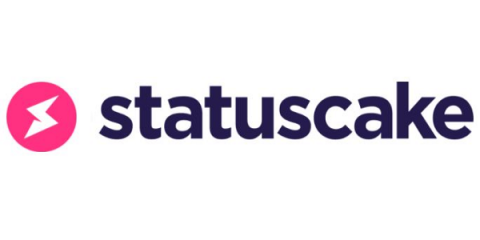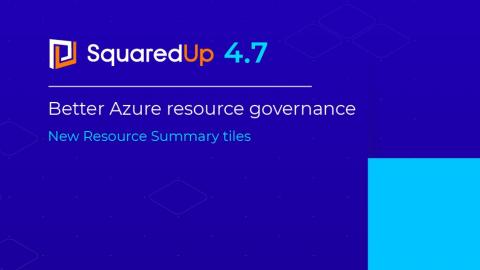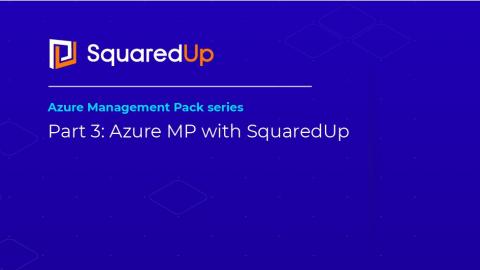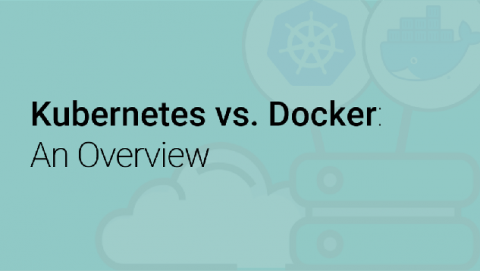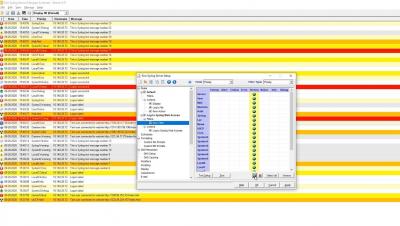Operations | Monitoring | ITSM | DevOps | Cloud
Monitoring
The latest News and Information on Monitoring for Websites, Applications, APIs, Infrastructure, and other technologies.
Calculating IOPS Utilization for EBS Volumes
When looking at an EBS volume in CloudWisdom, you’ll notice that in addition to the metrics we collect from AWS, we also create a number of computed metrics, one of which is netuitive.aws.ebs.iopsutilization. Simply put, IOPS Utilization compares the current number of IOPS that the disk is performing against the total IOPS capacity, and expresses this as a percentage. Thus, if you are currently running 1050 IOPS against a volume whose capacity is 3000 IOPS, the IOPS Utilization would be 35%.
How Page Speed Affects SEO
Page loading speed is the total length of time that it takes for a website to load completely. With regard to effective SEO, page loading speed is crucial. If your website does not load quickly, visitors to your site are likely to leave rather than wait for it to load, and search engines will penalise your site’s rank if it performs poorly.
How to defend your IT assets while implementing BYOD policies: The ITOM Podcast [Episode 4]
Gear up! The ITOM Podcast is back with an all new episode intended to help you surmount all your remote work challenges in an IT environment. In the last episode, we discussed VPN monitoring in detail, the challenges encountered while monitoring VPNs, and the key metrics to track to overcome those challenges. This week, we will deep dive into endpoint security and BYOD policies.
Better Azure Resource Governance with SquaredUp 4.7 Resource Summary tiles
In this article, we are going to look at two new visualizations from SquaredUp for Azure: Summary Grid and Summary Bar. Read on to learn how exactly they can help you easily summarize your Azure resources.
Azure MP part 3: Using it with SquaredUp
Now that we have configured the monitoring for a couple of Service types, we should have some data flowing in. The only thing that’s left now is to display this data in dashboards, so it makes sense to us. In this blog let’s talk about displaying in data in SquaredUp. Since its coming from a Management Pack like any other data, it is actually pretty much the same as treating any other Management Pack in SCOM, with different classes.
Datadog Product Tour
Kubernetes vs. Docker
Kubernetes and Docker each play a vital role in modern, microservices-based application development. Since Kubernetes and Docker work in unison to help develop, deploy, and manage large-scale applications – they are not mutually exclusive technologies and they are certainly not in competition with each other. Nevertheless, Kubernetes and Docker are often misunderstood by the non-developer community. To clear up the confusion around Kubernetes vs. Docker, we’ve written this guide.




